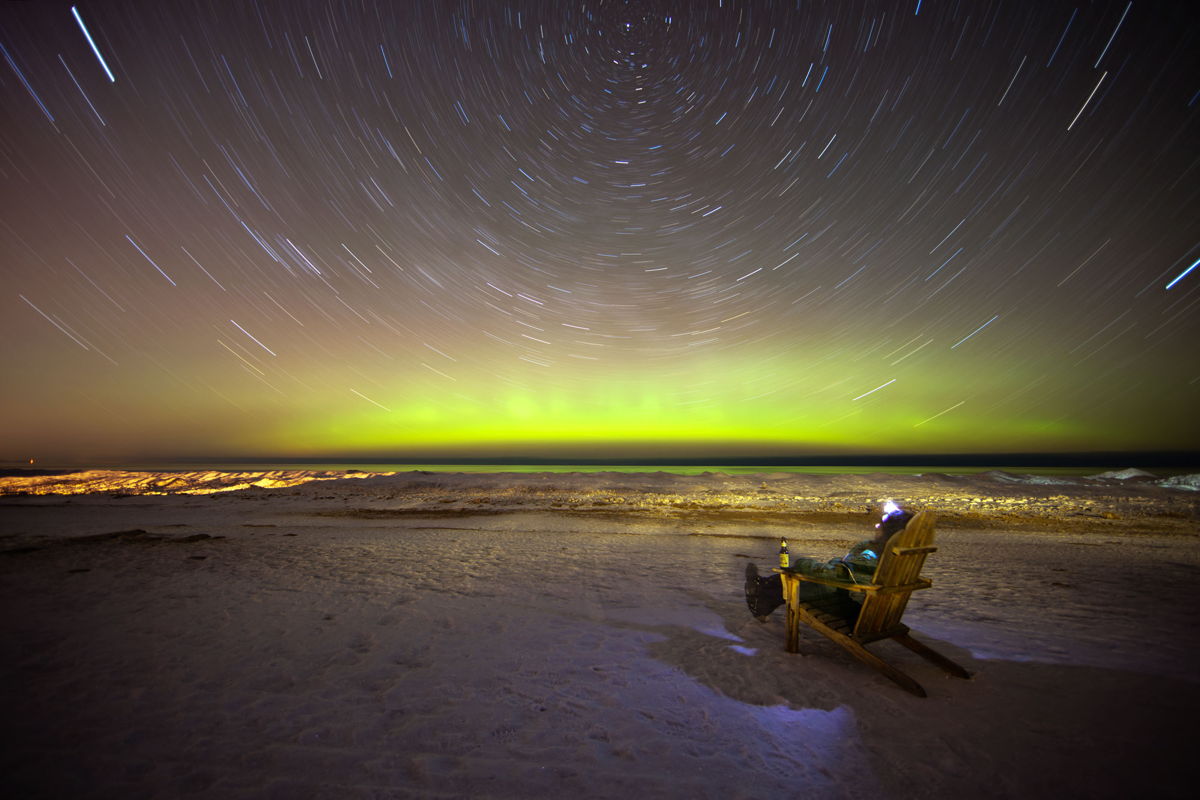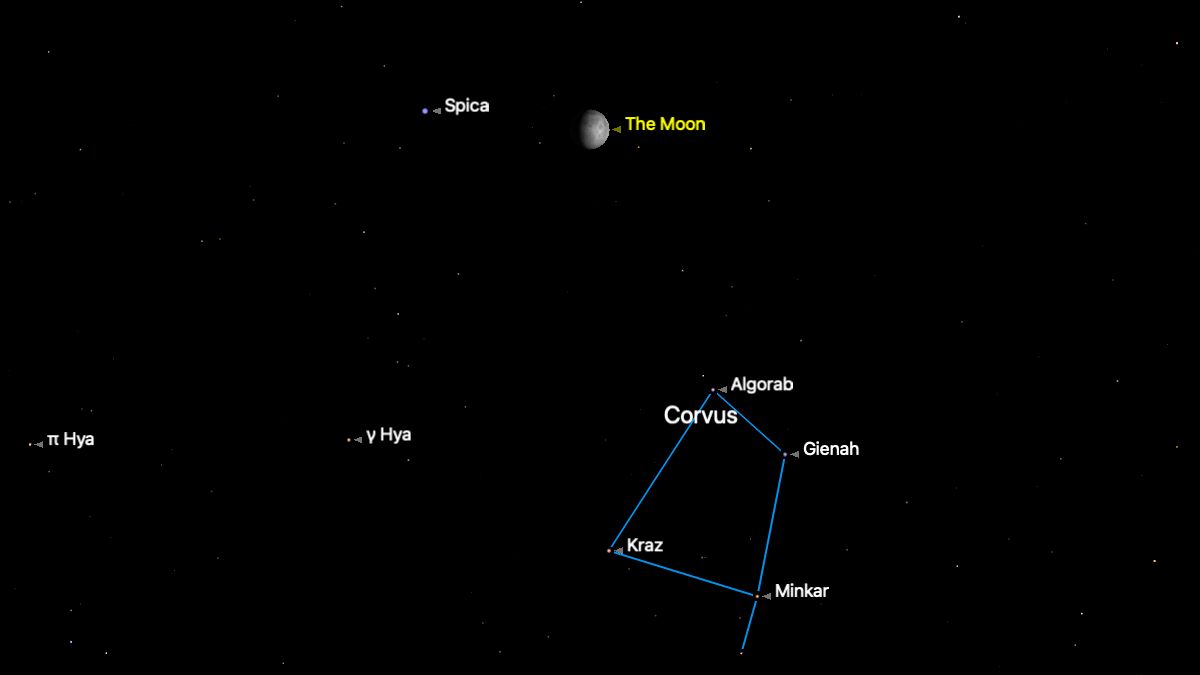Northern Lights Mystery May Be Solved

Scientists may have solved a longstanding mystery about the origin of the energetic particles that cause Earth's dramatic aurora displays.
The electrons responsible for the auroras — also known as the northern and southern lights — are likely accelerated to incredible speeds in an active region of Earth's magnetosphere, according to a new study. This region is 1,000 times larger than scientists had thought possible, providing enough volume to generate lots of the fast-moving electrons, the study reports.
"People have been thinking this region is tiny," lead author Jan Egedal, of the Massachusetts Institute of Technology, said in a statement. But now, he added, "we’ve shown it can be very large, and can accelerate many electrons."
Egedal and his colleagues analyzed data gathered by various spacecraft, including the European Space Agency's four Cluster probes. They also performed simulations using a supercomputer called Kraken at the United States Department of Energy's Oak Ridge National Laboratory in Tennessee.
Kraken has 112,000 processors working in parallel. The team used 25,000 of these processors for 11 days, following the motions of 180 billion simulated particles in space to map out how aurora-generating electrons move.
The researchers determined that these electrons are likely being rocketed to their tremendous speeds in the magnetotail, a portion of Earth's protective magnetosphere that has been pushed far into space by the solar wind.
As the solar wind — the million-mph stream of charged particles coming from the sun — stretches Earth's magnetic-field lines, the field stores energy like a rubber band being stretched, Egedal said. When the normally parallel field lines reconnect, that energy is released like a rubber band being snapped, and electrons are propelled back toward our planet at fantastic speeds.
Get the Space.com Newsletter
Breaking space news, the latest updates on rocket launches, skywatching events and more!
When these fast-moving electrons hit molecules in Earth's upper atmosphere, the impact generates the phenomenon that we know as the northern and southern lights. [Photos: Dazzling Northern Lights of February 2012]
Some physicists had viewed this origin story for the aurora-causing electrons as improbable, because they didn't think the active magnetotail region was big enough to generate the huge numbers of electrons that slam into Earth's atmosphere.
Egedal and his team found, however, that the region is likely plenty big — roughly 1,000 times larger, in fact, than theorists had thought possible.
"It used to be people said this was a crazy idea," Egedal said. "I don’t get that anymore."
In addition to creating a beautiful glow at Earth's higher latitudes, these super-energetic electrons can damage or destroy spacecraft. So a better understanding of their behavior may help operators better protect their satellites, researchers said.
The study is detailed in the Feb. 26 edition of the journal Nature Physics.
Follow SPACE.com for the latest in space science and exploration news on Twitter @Spacedotcom and on Facebook.
Join our Space Forums to keep talking space on the latest missions, night sky and more! And if you have a news tip, correction or comment, let us know at: community@space.com.

Space.com is the premier source of space exploration, innovation and astronomy news, chronicling (and celebrating) humanity's ongoing expansion across the final frontier. Originally founded in 1999, Space.com is, and always has been, the passion of writers and editors who are space fans and also trained journalists. Our current news team consists of Editor-in-Chief Tariq Malik; Editor Hanneke Weitering, Senior Space Writer Mike Wall; Senior Writer Meghan Bartels; Senior Writer Chelsea Gohd, Senior Writer Tereza Pultarova and Staff Writer Alexander Cox, focusing on e-commerce. Senior Producer Steve Spaleta oversees our space videos, with Diana Whitcroft as our Social Media Editor.
